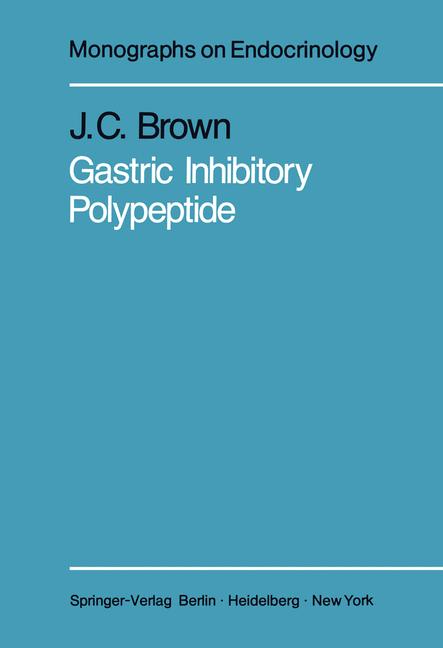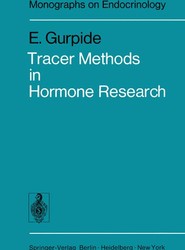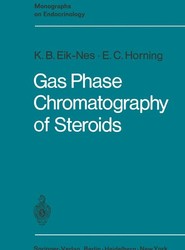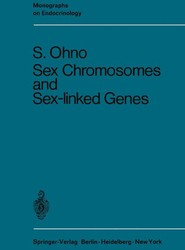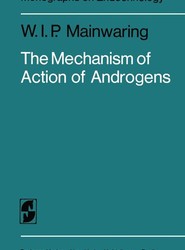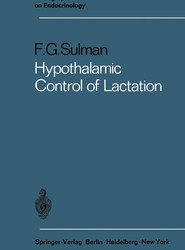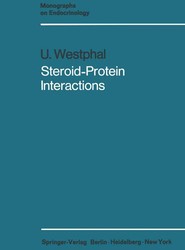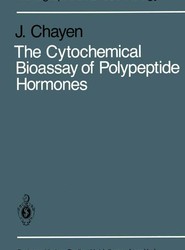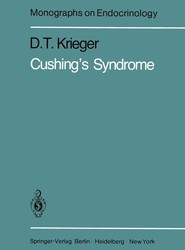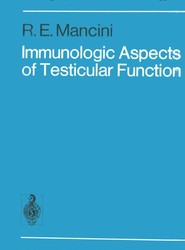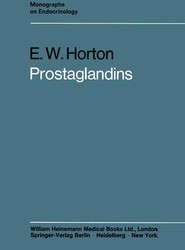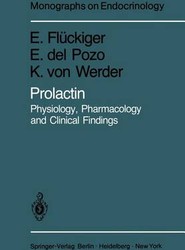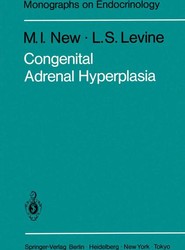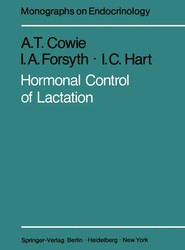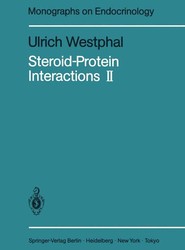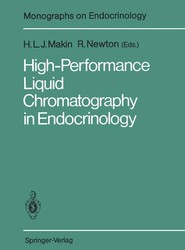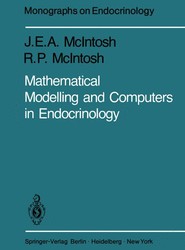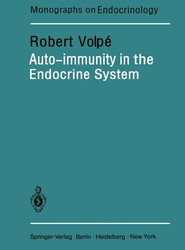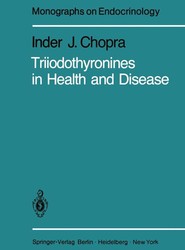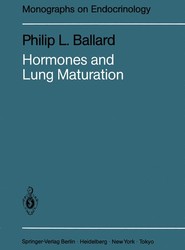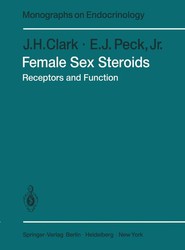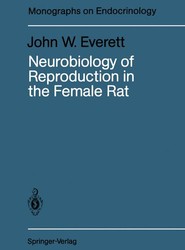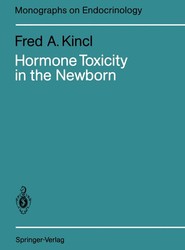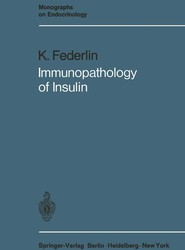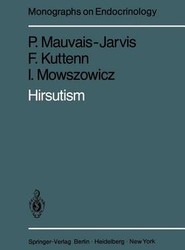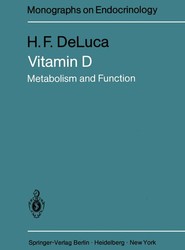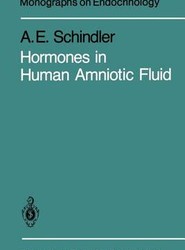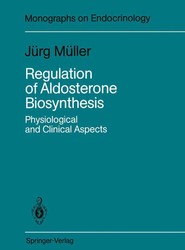(To see other currencies, click on price)
MORE ABOUT THIS BOOK
Main description:
Dr. Raymond Pederson, Dr. Jill Dryburgh and I commenced work on GIP in 1968, when, with the generous help of Professor Viktor Mutt and Professor Erik Jorpes of the Karolinska Inst,itute, Stockholm, we were able to establish that there existed an inhibitory material for acid secretion in cholecystokinin-pancreozymin prepara tions. Once the physiological evidence for the inhibitor was established it seemed appropriate to seek help in its isolation. Dr. J. Dryburgh and Dr. R. Pederson were left to bioassay fractions in Vancouver whilst I enjoyed the company of Professor Mutt at the Karolinska for one year, as a Medical Research Council of Canada Visiting Scientist. Purification of the inhibitory factor proceeded rapidly due, in no small measure, to Professor Mutt's untirmg efforts on my behalf. Later that year, Dr. Dryburgh joined us in Stockholm to begin the sequence work on GIP. This was completed late in 1970 in Vancouver. In Stockholm in June 1970, I met a fellow Canadian Dr. John Dupre (McGill University) at a cocktail party who kept commenting about the possibility of GIP being an insulinotropic hormone, the "incretin" of earlier days. At that time, gastrointestinal physiologist as I was, I did not recognize the importance of his comment. This became apparent two or three years later when Dr. Dupre demonstrated that GIP was insulinotropic in man. In 1972, Maryanne Kuzio and Dr.
Contents:
A. Introduction.- I. Enterogastrone Concept.- 1. Endogenous.- 2. Exogenous.- II. Incretin Concept.- 1. Endogenous.- 2. The Insulinotropic Effect of the Gastrointestinal Hormones.- a) Secretin.- b) Gastrin.- c) Cholecystokiniti-pancreozymin (CCK-PZ).- III. Evidence for the Existence of GIP.- 1. Physiological Studies.- 2. Tissue Extraction Techniques.- B. Chemistry.- I. Isolation and Purification.- 1. Isolation.- 2. Purification Criteria.- a) Polyacrylamide Gel Electrophoresis.- b) Thin Layer Chromatography.- c) High Pressure Liquid Chromatography.- d) Capillary Isotachophoresis.- II. Amino Acid Sequence.- 1. Cyanogen Bromide Cleavage.- 2. The Tryptic Peptides.- III. Correction to Sequence.- IV. Synthesis.- C. Physiological Actions of Exogenous GIP.- I. Gastrointestinal Effects.- 1. Gastric Inhibitory Activity.- a) Inhibition of Acid Secretion.- b) Inhibition of Gastrin Release.- 2. Effect on Pepsin Secretion.- 3. Intestinal Secretion.- 4. Salivary Secretion.- 5. Mesenteric Blood Flow.- II. Metabolic Effects.- 1. Insulin Release.- 2. Glucagon Release.- 3. Other Metabolic Effects.- a) Glucose Uptake.- b) Effects on Adipocytes.- c) Proinsulin Biosynthesis.- D. Radioimmunoassay.- I. Development.- 1. Production of Antisera.- 2. Characterization of Antisera.- 3. Preparation of 125I-GIP.- 4. Assay Procedure.- II. Immunordactive GIP (IR-GIP).- 1. Release of IR-GIP.- a) Response to a Meal.- b) Response to Carbohydrate Ingestion.- ?) Stimulation.- ?) Mechanism of Release of IR-GIP by Carbohydrate.- c) Response to Triglyceride.- d) Response to Amino Acids.- III. Inhibition of IR-GIP Release.- 1. Insulin and Glucose.- 2. Glucagon.- 3. Other Mechanisms.- a) C-Peptide.- b) Atropine.- c) Somatostatin.- IV. Nature of IR-GIP.- 1. Circulating Forms.- 2. Tissue Forms.- E. Localization.- I. Cellular Localization.- II. Release Studies.- F. Pathophysiology.- I. Diabetes Mellitus.- 1. Non-insulin-Dependent Diabetes.- 2. Insulin-Dependent Diabetes.- II. Pancreatitis.- III. Other Gastrointestinal Disorders.- 1. Coeliac Disease.- 2. Duodenal Ulcer.- 3. Vagotomy and Pyloroplasty.- IV. Obesity.- V. Uraemia.- VI. Other Clinical Situations.- 1. Pregnancy.- 2. Insulinoma.- G. Summary and Conclusions.- I. Physiological Role.- 1. Gastrointestinal Actions.- 2. Metabolic Actions.- II. Pathophysiological Role.- References.- Acknowledgements.
PRODUCT DETAILS
Publisher: Springer (Springer-Verlag Berlin and Heidelberg GmbH & Co. K)
Publication date: December, 2011
Pages: 108
Weight: 202g
Availability: Available
Subcategories: Endocrinology, Gastroenterology, Hepatology
From the same series

